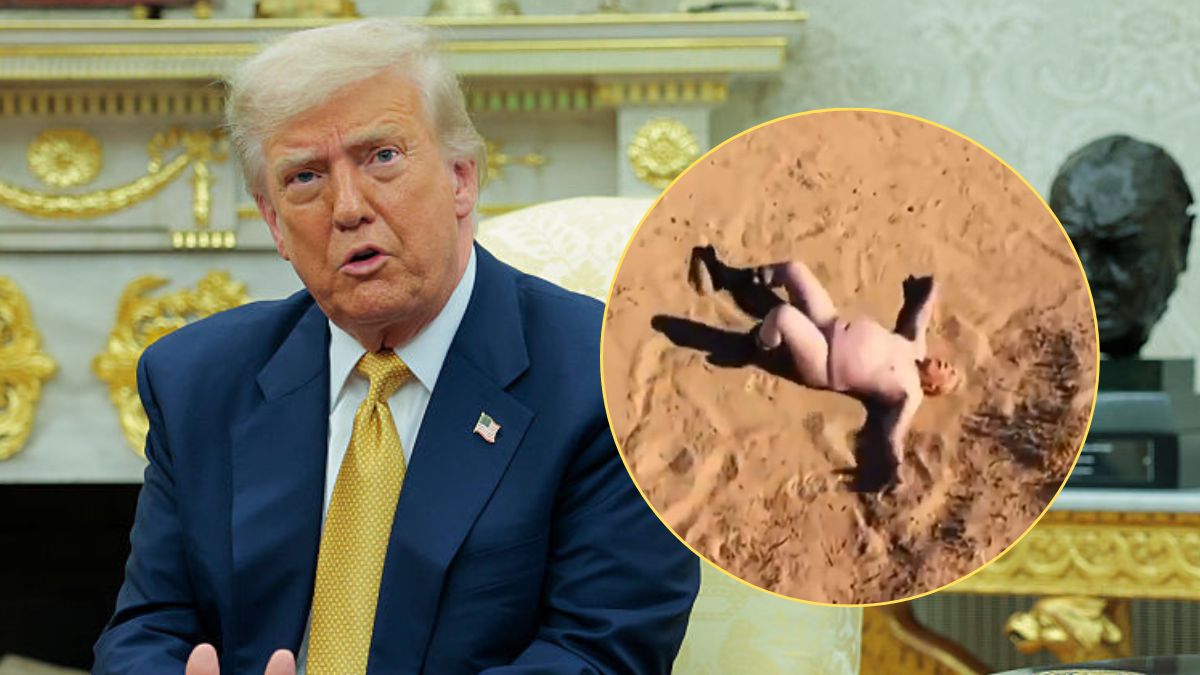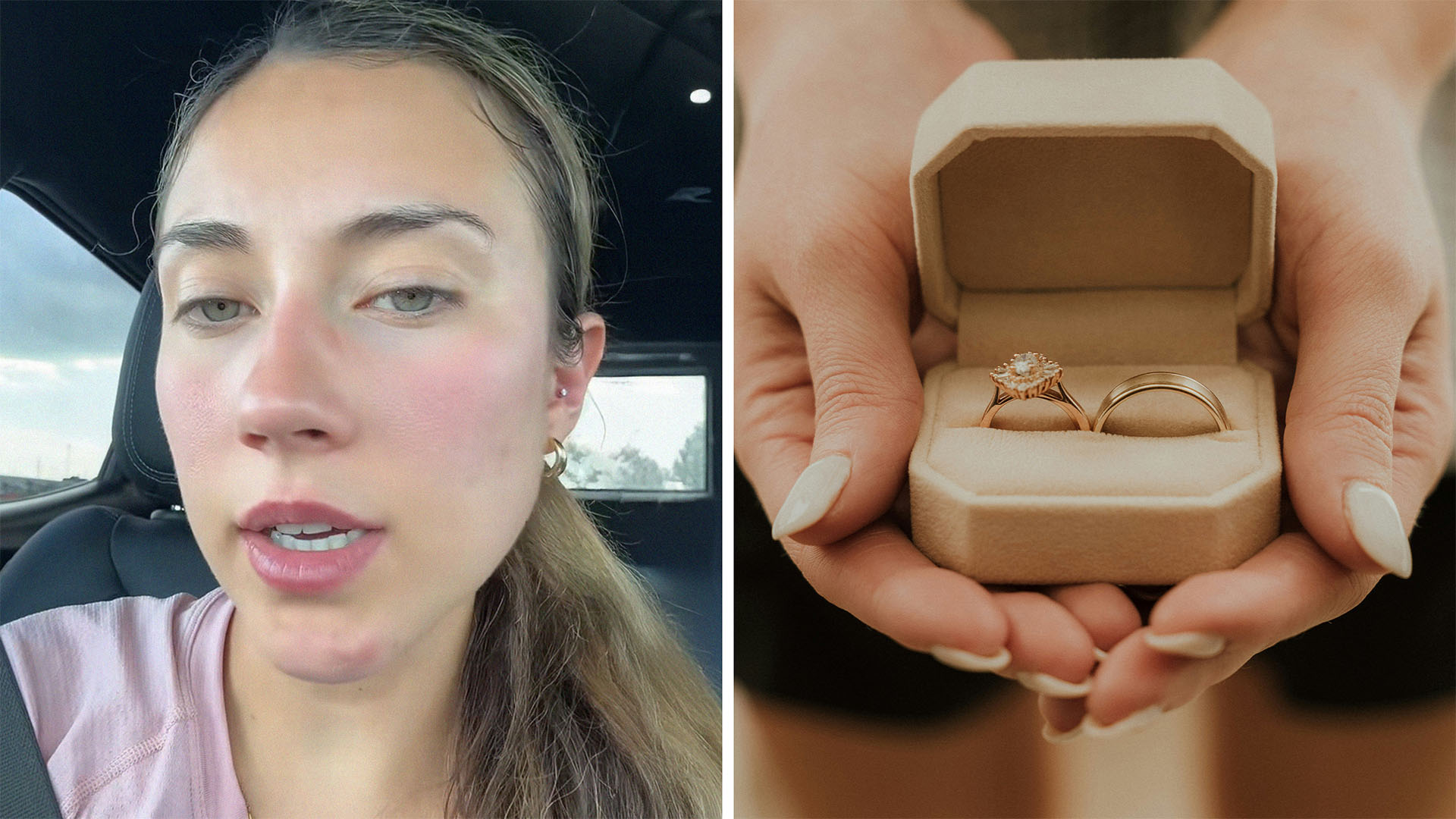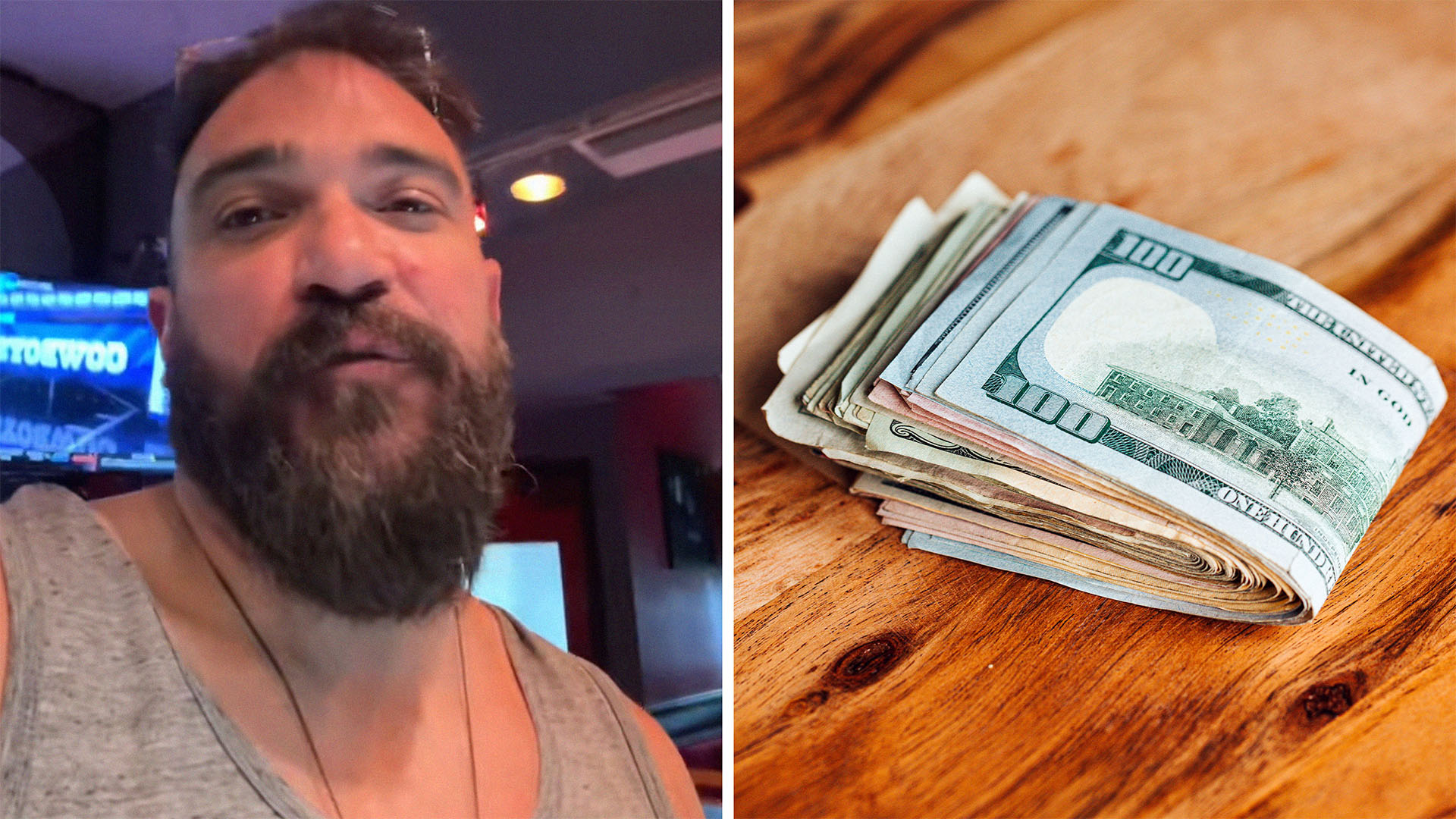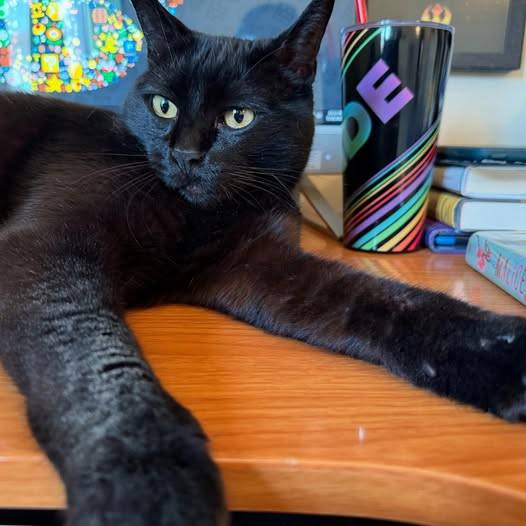Posted by Victor Mair
https://languagelog.ldc.upenn.edu/nll/?p=70155&utm_source=rss&utm_medium=rss&utm_campaign=queue
https://languagelog.ldc.upenn.edu/nll/?p=70155
This is an odd-looking word that I encounter fairly frequently, especially in my publishing ventures. Since I don't understand how / why "queue" should be pronounced like "cue", which is also a variant spelling for the same word, I'm especially cautious about "queue" when I approach it. Moreover, since I'm steeped in pinyin, I'm tempted to pronounce "queue" as "chyueyue" (!). Consequently, I always have to slow down when I spell / type it: "q-u-e-u-e", which I seldom have to do with other words except "Cincinnati", which I still haven't mastered.
Other than "its / it's", "queue" is probably the most frequently misspelled word I know of, even among educated persons.
I also am somewhat perplexed why "queue" means both "line" and "tail".
The word "queue" is used to mean a line, particularly in British English, because of its etymological origins. "Queue" comes from the French word "queue," meaning "tail," which in turn comes from the Latin word "cauda," also meaning "tail". This connection to "tail" makes sense when visualizing a line of people or objects, as they often form a linear arrangement reminiscent of a tail. The term "queue" is also used in computing to refer to a data structure where items are processed in a first-in, first-out (FIFO) manner, similar to how people are served in a line.
(AIO)
Phonologically, the leap from Latin cauda through Old French and Anglo-Norman to Middle English queue is a bit of a mystery to me as well:
From Middle English queue, quew, qwew, couwe, from Anglo-Norman queue, keu and Old French cöe, cue, coe (“tail”), from Vulgar Latin cōda, from Latin cauda. See also Middle French queu, cueue. Doublet of coda and cola.
(Wiktionary)
Going backward further into the mists of prehistory:
From Proto-Italic *kaudā (“tail”), perhaps from Proto-Indo-European *keh₂u-d-eh₂ (“cleaved, separate”), from *keh₂w-. Compare cūdō (“to beat, hammer”), caudex (“tree trunk, stump”), Lithuanian kuodas (“tuft”).
(Wiktionary)
As a Sinologist, there's another meaning for "queue" that I often encounter, namely, the braid hanging from the back of the head that was imposed upon male Chinese by the Manchu government during the last dynasty, the Qing (pronounced "cheeng" [1644-1912]). Most Americans can see the etymological logic behind calling a single braid hanging from the back of the head a "tail", i.e., a "queue". Other than that, by and large Americans seem to be deeply puzzled by why Chinese immigrants in the late 19th and early 20th centuries wore their hair that way, what it symbolized, its history and status in China, and so forth. They are particularly puzzled by the fact that the braid at the back of the head was paired with the hair on the front half of the head being shaved bare down to the scalp:

Chinese men with queues, 1880s. Photo by Lai Afong (Wikipedia)
I summarized the concerns of American inquisitors about the Chinese queue in five questions as follows:
1. when was it imposed on the Han in China?
2. did the Han detest it at first?
3. what was the penalty for not wearing it?
4. did they come to terms with it later on and actually take it as a mark of their ethnicity?
5. when did they resist it and start to cut it off?
I posed these questions to two prominent Qing historians (both were undergrads at Swarthmore College, though ten years apart) who kindly weighed in thus:
From Pamela Crossley:
The queue was the traditional hairstyle of the Jurchens (and the Mongols had something similar, and before them the Khitans, Xianbei, Xiongnu, etc.)*. In the days of Nurgaci (1559-1626) the queue was required of all his followers because he wanted everybody to dress alike and have the same hairstyle, his idea of “one family.” When the Qing moved into Liaodong, where they first experienced a huge Chinese population, Hong Taiji (1592-1643) let the Chinese wear their hair any way they wanted. But when the Qing got to Beijing, Dorgon (1612-1650) imposed the queue again. He changed the policy for a short time to try to allay resistance, but the Manchu aristocracy insisted it be imposed again (partly for political reasons and partly because they thought Ming (the previous dynasty) hair was effeminate). By then it was clear to the Qing leadership that the Chinese did not regard the queue as a symbol of inclusion, but as a symbol of subjugation. The Qing then changed their view to agree with the Chinese, and imposed harsh penalties for anybody who refused to wear the queue.
*[VHM: When I was doing archeological work in China and Central Asia during the 80s, 90s, 00s, and 10s, if I came upon some smashed statues from medieval times and I wanted to know their ethnicity, I would turn them over and look at the number of braids splayed across their back. if there were 7, I knew they were Turkic.]
What was the penalty for not wearing it? I’m not sure this was specified, as much else with Chinese law, it was a matter of context. In the early Qing years, not everybody knew they were supposed to wear the queue, and Qing changes in policy created some confusion. Those who were not wearing queues because they didn’t know they were supposed to were probably given a light punishment, if any, and sent to the barber. But those who refused to wear the queue as a symbol of resistance to Qing rule were dealt with harshly—anything from penal servitude to beheading if they were clearly rebellious.
It is possible that Chinese officials and literati considered the queue a sign of loyalty to the Qing regime and by extension to Chinese classical civilization at the time of the Taiping Rebellion (1850-1864). The policy of the Taiping Heavenly Kingdom was the opposite—those who wore queues and refused to grow their hair were dealt with harshly. But by after the Taiping War the queue and the gown were kind of linked together, is my impression. You either showed you were a progressive by wearing European dress and growing out the front of your hair or you stuck wit traditional dress, queue and all. After the Treaty of Shimonoseki (April 17, 1895), European dress and hairstyles were associated with nationalism of the Sun Yat-sen (1866-1925) and Liang Qichao (1873-1929) style. But plenty of nationalists—and diehard monarchists—wore traditional dress, perhaps with a silk cap that obscured whether they had queues (that is, shaved hair in front) or not. And there were nationalists in the Zhang Taiyan (1869-1936) style who deliberately wore long hair resembling the Ming (with traditional robes) on the assumption that this was a “traditional” Chinese hairstyle before barbarian invasion.
One way or another, queue wearing was a sign of affiliation—in Qing eyes, willing and inclusive in the earliest phase, in Chinese eyes, unwilling and demeaning
As for Chinese in the United States, was the queue a sign of “ethnicity”? Chinese workers were sojourners, and expected to return to China, perhaps repeatedly. Getting caught alighting at the docks with a foreign hairstyle would not necessarily be an advantage. Many workers were from very traditional villages where people just thought of the queue as conventional, without regard to its history. I think it is possible that given the prejudices in America many Chinese workers might have kept the queue as a sign of pride. But many Chinese in America were not workers, and came as professionals, students, merchants, often from treaty port families, and they would have by habit dressed in European clothing and worn short hair grown out in front.
The queue, as you know, is a character in folklore, and—ironically—as the shénbiàn 神辫 ("divine / supernatural braid")–a weapon of the weak against the oppressors, like kungfu (a type of Chinese martial arts).
Also, some Chinese probably wore the queue for hygiene reasons (to avoid ringworm, lice, etc.). Period photos seem to show a good deal of shaved headedness among Chinese workers; it could be something they picked up shipboard.
From Matthew Sommer:
For your questions 1-3 (above), you should check chapter 3 of Kuhn’s Soulstealers — the answers are all there. You might also check Wakeman’s Great Enterprise, where he characterizes the imposition of the tonsure (i.e. shaving of the front of the head) as a symbolic castration for elite Ming men.
For the others, here are my “seat of the pants” answers:
4. Yes, by the end of the 17th c. the tonsure/queue was universal among Han Chinese men and I think it’s safe to say that everyone was used to it. My guess is that the last to submit were probably Han Chinese subjects of the Zheng Chenggong (1624-1662) regime in Taiwan, which the Qing conquered in 1683. After that, it became the most obvious gender cue marking a person visually as a man. Within China, I doubt it was experienced as an ethnic marker per se (b/c bannermen also wore the queue, as did the Hui [Muslim]), but on the frontiers it probably played that role (as did footbinding to some extent — see Melissa Brown re Taiwan), and certainly for overseas Chinese it was a very clear marker of Chineseness. The queue featured prominently in racist caricatures of Chinese in Western political cartoons after the Opium War.
5. Not sure of an exact date, but in the early days it was refusal to shave the front of the head that signalled loyalty to the Ming and resistance to the Qing; by the 18th c., when all Han men wore the tonsure/queue, it was cutting off the queue that took on symbolic significance (this may have begun as early as the 三番 rebellion (Revolt of the Three Feudatories (1673-1681]), but I am not sure). When rebels declared against the Qing, the first thing they did was to cut off their queues. They also stopped shaving the front of the head (hence the Taiping Rebels were known colloquially as the “long-haired” or “hairy” rebels). In 1911, the rebellious armies stationed soldiers at crossroads and city gates and forcibly cut off the queues of all men who passed by.
For the historical facts about the queue (called "biànzǐ辮子" ["braid"] in Mandarin), see Endymion Wilkinson's encyclopedic Chinese History: A New Manual, where his ideas on most of the questions that I raised above are in the 6th edition (Section 11.3). In the 7th edition he has added a line in Box 82 on Xiongnu hairstyles (they wore queues).
Finally, there is the concept of "fake foreign devil" . I remember from my reading of Chinese literature from the 20s and 30s when China was governed by the Republic of China that i often encountered this term in novels and essays where the author was describing "jiǎ yánɡɡuǐzi 假洋鬼子" who were trying to appear modern and Western. They would coil their queue up on top of their head and cover it with a cap. They were unwilling to take the drastic step of cutting off their queue because they might need it in other circumstances where they wanted to show that they were "real Chinese". Of course, there were also individuals during this period who held dramatic queue-cutting ceremonies to demonstrate that they were no longer beholden to the defunct Qing dynasty and old-fashioned ways.
One more fun note
Multiple sources describe Chiang Kai-shek (1887-1975) as having a shaved or shaven pate. One source characterizes his appearance as "monklike face with its severe cropped mustache and his shaven pate". Another mentions his "shaved head and moustache gave him a look of grim determination". Some sources mention he cut off his queue (braid) in 1905, according to Chinese History for Teachers and Kids encyclopedia facts.
It appears Chiang Kai-shek's baldness was a result of a purposeful shaving, possibly influenced by a "monk thing", rather than being naturally bald.
(AIO)
I think he was motivated by: 1. anti-Manchu sentiments; 2. the desire to appear modern
When I taught at Tunghai University in Taichung, Taiwan from 1970-72, Chiang Kai-shek (1887-1975) was still alive. I remember that, if a male student had hair that hung down over his ears, he would be marched to the police station and be given a buzz cut. Similarly, if a girl's skirt showed her knees, she would be penalized (or receive a bad mark on her record).

Wikipedia

Photograph of President Chiang presented by him to President Truman. (Truman Library)
Selected readings
- "Stand in / on line" (2/1/25) — the vagaries of "form a queue" vs. "stand / get in line"
- "Obama and the end of the queue" (4/24/16) — includes 49 occurrences of "queue" in the Wall Street Journal 1987-1989 corpus
- "Mixed metaphor of the week" (11/29/16) — the comments include a hyper sophisticated discussion over whether queueing can have fewer than 2 elements, a asdfasdasdf over the difference between "cue" and "queue", a quandary over whether "queue" is the only English word that has five consecutive vowels, and the "fun fact" that "queue" is the only word in English that sounds the same if you delete the last four letters
- "Triple topolectal reprimand" (5/29/16) — jumping the queue // cutting in line
[h.t. Barbara Phillips Long; thanks to Joshua Fogel]
https://languagelog.ldc.upenn.edu/nll/?p=70155&utm_source=rss&utm_medium=rss&utm_campaign=queue
https://languagelog.ldc.upenn.edu/nll/?p=70155
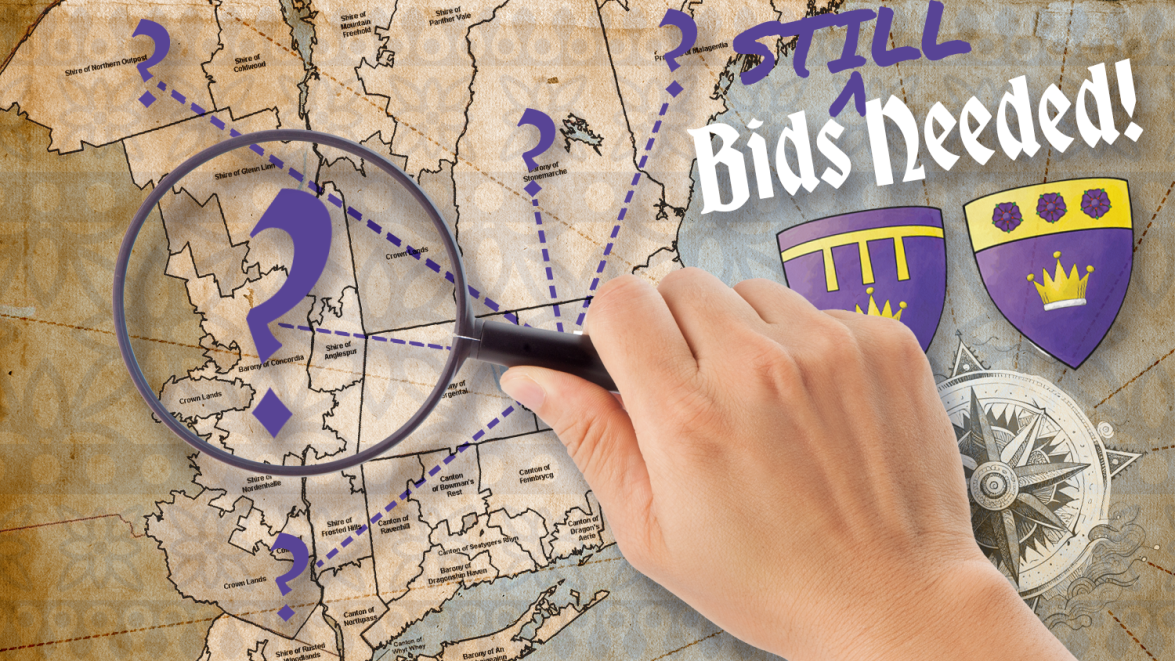
 Fall Crown Tournament
Fall Crown Tournament Champs Tournaments
Champs Tournaments
